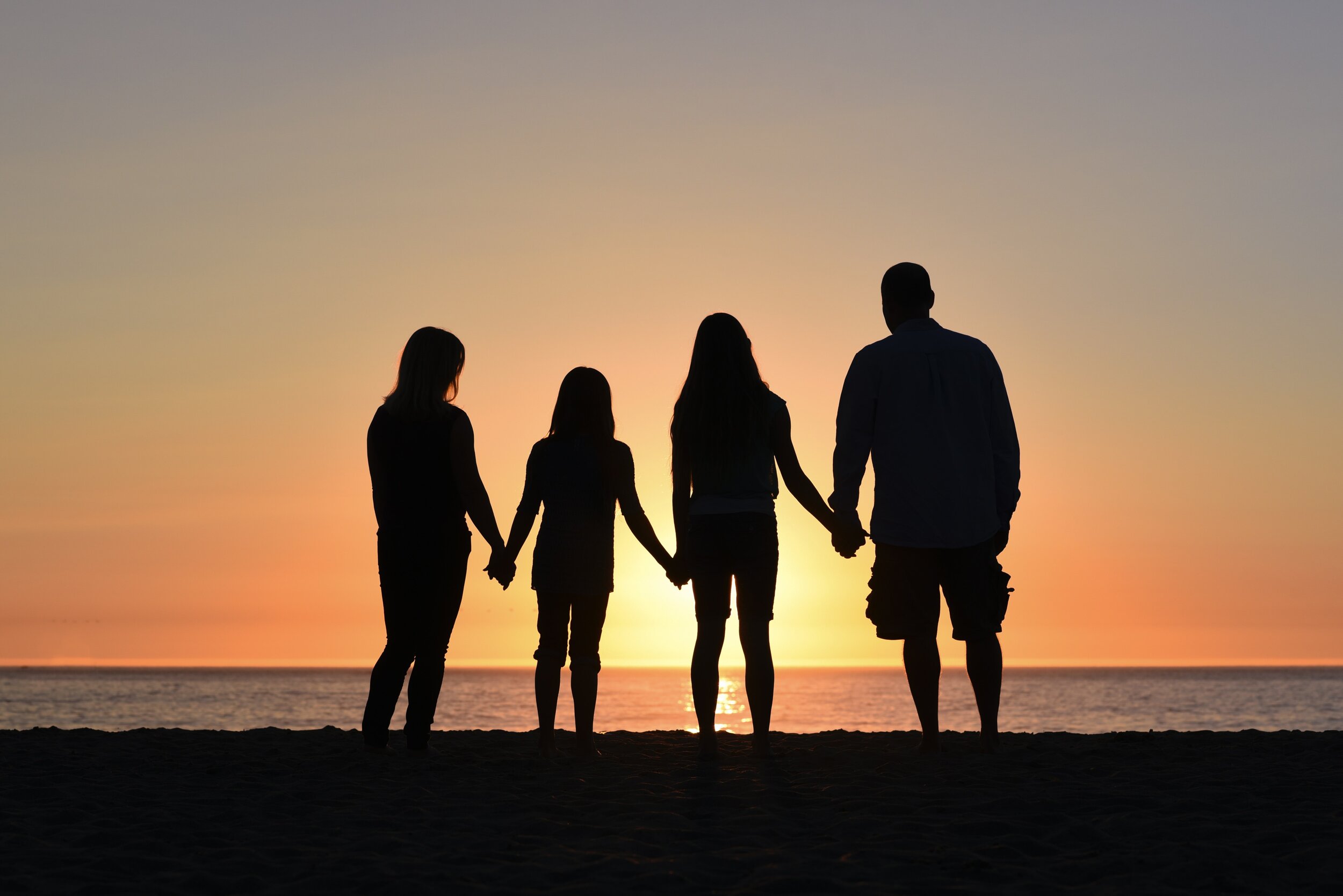Hidden Figures and the Continuing Need for Sound Data
This is part of a series of posts highlighting results from the Hawaii COVID Contact Tracking Survey conducted by the National Disaster Preparedness Training Center (NDPTC) and the Pacific Urban Resilience Lab (PURL) at the University of Hawaii at Manoa. The Hawaii Data Collaborative has partnered with this group to share regular analyses and updates from this survey in the coming weeks. If you have not done so already, we encourage you to participate in the survey here.
For several months now, we at Hawaii Data Collaborative and our partners (the National Disaster Preparedness Training Center, NDPTC, and the Pacific Urban Resilience Lab, PURL, at the University of Hawaii) have been looking at the results of surveys sent to Hawaii residents on the COVID-19 pandemic. The first survey went out on March 25 and the second on April 15.
Within just five days, more than 11,000 residents responded to our first online request for information relating to the Coronavirus. A follow-up survey resulted in another 11,000 plus responses from concerned Hawaii residents. It was an unprecedented rate of reply for such surveys and one that reflected how important many believed sound information is to the fight against this virus.
Even as we move into a recovery phase and initiate efforts to reboot the economy and restart our lives, sound and timely information will continue to play a key role in those efforts. If we’ve learned anything from these trying times, it is that good decisions are always based on reliable information—and one more thing: good communication.
There are complicated spatial and temporal dimensions of both spread of the disease and actions such as social distancing and quarantine, which require more in-depth research and analysis. The university and other partners will continue to analyze the data and work collaboratively to understand the longer-term impacts of the coronavirus on our community. There are also significant opportunities to integrate new technologies, social media, and mobile communications in order to build resilience against this and other hazards.
It has been an exercise in crunching numbers, analyzing data and drawing reasonable conclusions. Numbers do matter. So does science. And social science. But, while we may seem to be preoccupied with data and statistics, we’ve always reminded ourselves that there are real individuals behind those numbers, real lives connected to those statistics, and real pain and suffering associated with this pandemic. It is important to recognize the underlying vulnerabilities, exposures, and conditions which exacerbate harm in our community.
While numbers can create soaring graphs and colorful charts, they also tell a story: In this case, an epic one that never strays very far from the personal and that may redefine our generation. It is a story that is tragic and heartwarming at the same time. It is a story about our families, our communities, our state, our nation and about this world we live in.
It is also a story about collective social action and how we can take steps both as individuals and together to fight coronavirus and other threats. And while numbers can illuminate and make the story clearer, it will never only be about numbers. Because at the end of the day, we believe, it will be a story about you and me and how “we” became so much greater than “me.”
Related Posts in this Series
Insights From the Hawaii COVID Contact Tracking Survey
The Good, The Bad, and Social Distancing in Hawaii
Ongoing and Comprehensive Information Key to Reopening Hawaii
Our Kupuna: Understanding Their Risks
Contact Tracing versus Contact Tracking
How Vulnerable is Hawaii in the Face of a Coronavirus Pandemic?
Small Business May Play a Not-So-Small Part in Restarting Hawaii’s Economy
Underlying Health Conditions and How They Impact Our Vulnerability in Hawaii
Family Ties: Are Hawaii’s Multigenerational Families More at Risk?

